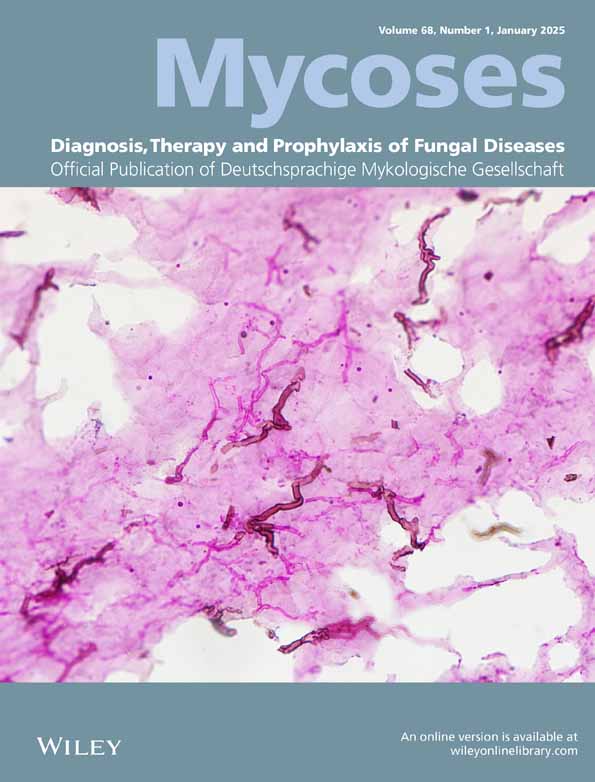Modified Tinea Corporis Score (mTCS) Versus Tinea Corporis Score (TCS): A Comparative, Noninterventional Validation Study
Funding: This work was supported by the JSS Academy of Higher Education & Research–JSSAHER, Mysore, India (Deemed to be University).
ABSTRACT
Background
Tinea corporis (TC) is a common fungal infection affecting 20%–25% of the global population. Though diagnosing TC is straightforward, treatment has become challenging due to the use of certain medications and lack of follow-up, leading to resistance. Andrea et al. proposed Tinea Corporis Score (TCS) to assess and provide follow-up care for TC. However, double tracing was its limitation. We proposed modified Tinea Corporis Score (mTCS) to overcome this limitation.
Aims and Objectives
To compare mTCS with TCS and validate it.
Methodology
A comparative, noninterventional validation study was conducted over 18 months at the Department of Dermatology, JSS Hospital, JSSAHER. 140 out of the initially enrolled 182 patients were included. The Researchers 1 and 2 measured the area of involvement by mTCS and TCS, respectively, during baseline and follow-up.
Results
There was a significant difference in the mean areas calculated (mTCS<TCS) during the baseline and first follow-up (p value < 0.05). The total scores calculated also showed a significant difference in mean during baseline (mTCS<TCS) and second follow-up (mTCS>TCS) (p value < 0.05). Both methods showed a positive correlation. However, mTCS was found to be less time-consuming (p value < 0.05) than TCS.
Conclusion
Both mTCS and TCS had a positive correlation and were found to be equally effective. However, mTCS took significantly less time, while overcoming tracing errors by measuring direct capture of preset grid images suggesting it to be a better alternative. These findings validate mTCS over TCS for better and faster evaluation of TC for good follow-up care and patient-tailored treatment.
Conflicts of Interest
The authors declare no conflicts of interest.
Open Research
Data Availability Statement
The data that support the findings of this study are available on request from the corresponding author. The data are not publicly available due to privacy or ethical restrictions.




